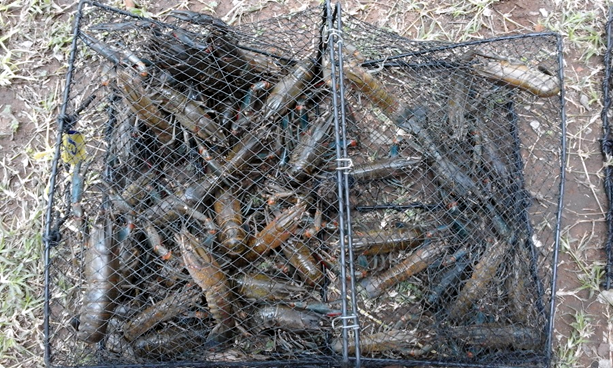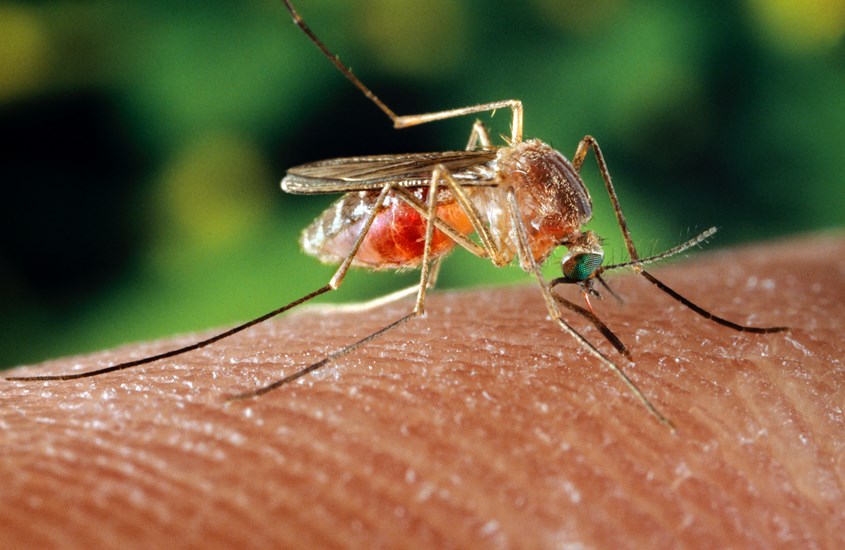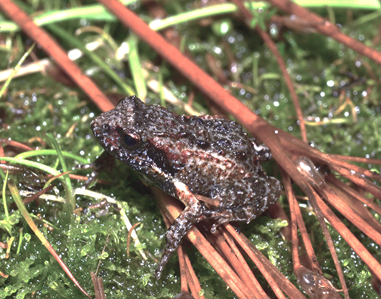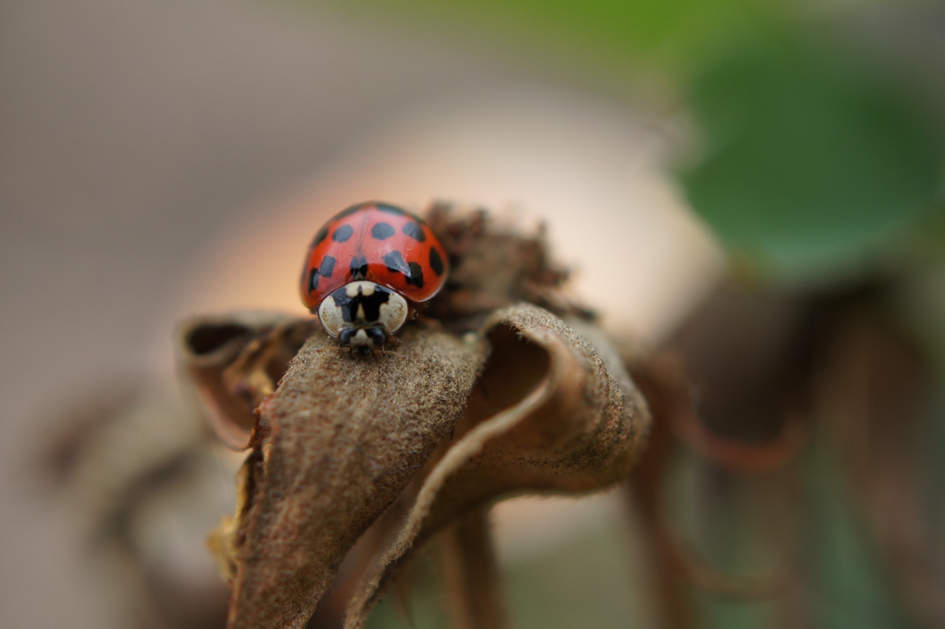Australian redclaw crayfish quickly spreading in South Africa and Swaziland
A recent study, led by C·I·B Post-doc Ana Nunes, confirms the presence of established and widespread populations of the Australian redclaw crayfish in South Africa and Swaziland.





